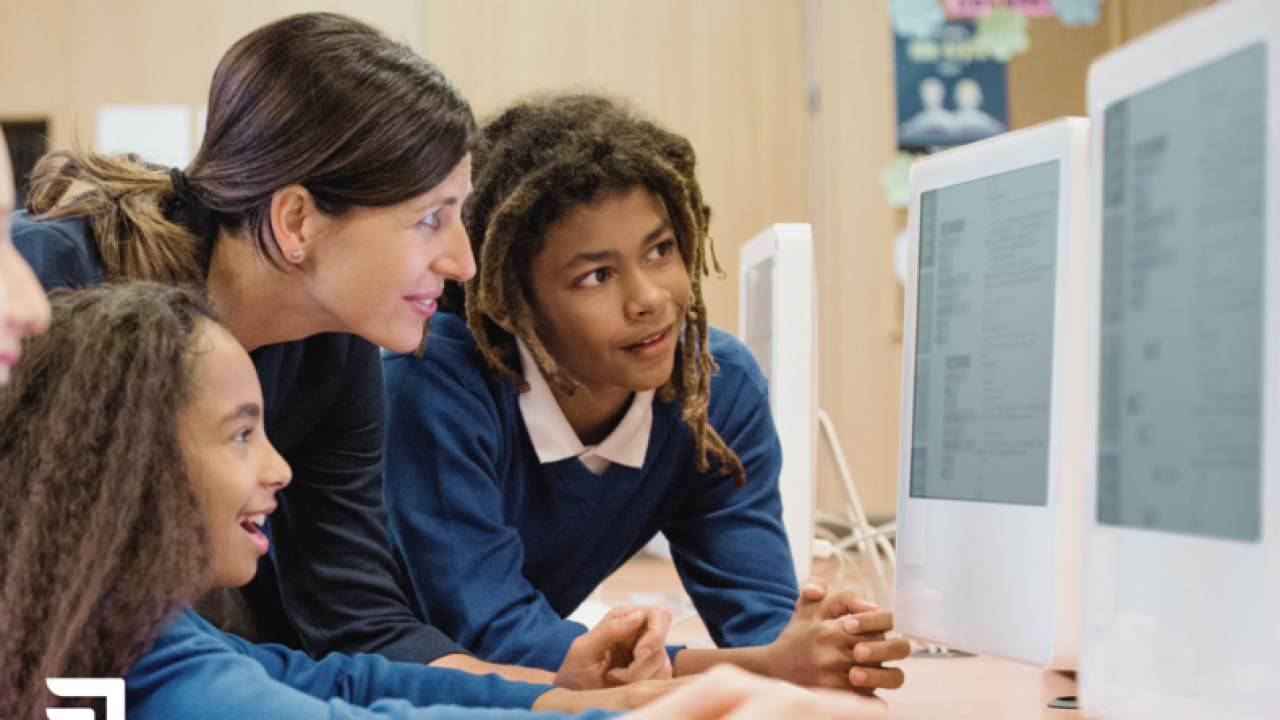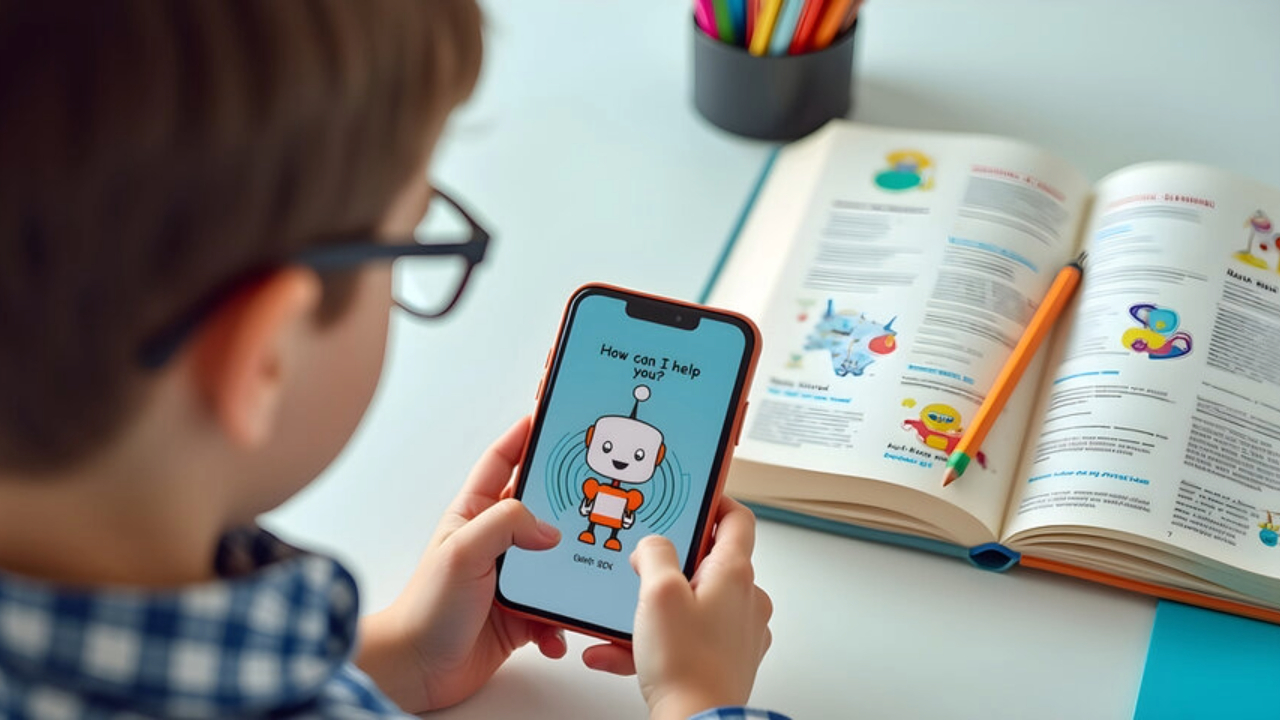The Pros and Cons of Using Technology in the Classroom

The move from in-person to remote learning catapulted the use of educational technology into a main role in the classroom. However, even before the pandemic, teachers were exploring the use of technology to boost progress. From SMART boards to e-readers to educational apps, teachers are delving into the world of educational technology.
But is it a good idea? In this blog, we delve into the good and the bad of introducing educational technology, as well as how you can optimise the way you use tech in the classroom to improve learners’ attainment.
Introduction
Many people attribute the increase of technology in the classroom as being a by-product of the pandemic, but this is technically untrue. Long before the pandemic, teachers were utilising interactive whiteboards, digital homework hosting applications, and even online quizzes that learners can participate in by using their phones. Slowly but surely, teachers and learners were realising the potential of technology in the classroom.
However, the pandemic did play a significant role in speeding up the process. The transition from in-person learning to online meant learners had to use technology such as virtual meeting rooms and homework applications to contribute to their lessons. In a way, this highlighted the immense potential of educational technology - learners from across the globe could dial into the same lesson, complete the same work and achieve great results from their computer.
But the success of online learning doesn’t detract from the importance of in-person learning. Relying on resources at home to participate in lessons resulted in a widening of the socioeconomic gap in the classroom - learners with more up-to-date technology at home found it easier to manage their own learning, while some students initially did not own a computer of their own. As well as this, online learning removed some of the opportunities for teacher-student interaction - a learner who receives high-quality conversation at home through supportive parents and guardians will have much better outcomes working remotely than a learner without access to these high-quality encounters.
The outcomes of online learning in the pandemic have highlighted that educational technology has an important role to play in modern day education, but that it does not replace in-person learning. While some learners may thrive in a remote learning environment, in-person learning has the potential to close language gaps and equip learners of all backgrounds with the skills they need to thrive. In order to harness the benefits of educational technology without compromising the benefits of in-person learning, teachers must strike a balance between explicit instruction and utilising educational technology to increase outcomes.
What teachers should consider when implementing educational technology
Types of educational technology
● Interactive whiteboards
○ One of the earliest types of educational technology to be introduced to classrooms was the SMART board. SMART boards let teachers retain all the instructional control of a regular lesson, while facilitating them to navigate content and create diagrams/examples easily.
● Mobile quizzes
○ Another common use of educational technology before the pandemic was mobile quizzes, where learners were able to join a whole-class quiz from their phones. This allowed learners to compete with their classmates while helping teachers gauge whether knowledge has been understood.
● Remote classrooms
○ Made essential during the pandemic, remote classrooms allow learners to join a virtual meeting with their classmates and attend lessons without coming to the classroom. Not only did this facilitate learning during the pandemic, but it removed barriers for learners with disabilities and additional educational needs, helping them participate in lessons where they might otherwise be restricted.
● Homework applications
○ These applications allow teachers to set assignments for their learners and host responses. This increases transparency, as there is a clear understanding of the work and the deadline with limited chance for miscommunication. It also limits some of the mayhem of loose sheets of paper, making marking simpler and easier (and homework harder to lose!)
● Spell-check software
○ While some argue that using spell-checker software to edit written work does not give an accurate representation of learners’ abilities, we must acknowledge the changing world around us. In the modern workplace, computers and spell-check software are used regularly to ensure written work is accurate; in some instances, it could be argued that spell-check software better reflects the world learners are preparing to enter, while allowing teachers to see clearly whether learners understand a concept, not whether they can spell it.
○ As well as this, spell-check software increases accessibility for learners with special educational needs, such as dyslexia.
● Online curricula
○ Some applications, such as Bedrock Learning, allow learners to access a personalised, algorithm-driven online curriculum. Technology has the capacity to personalise and optimise learning in a way teachers simply do not have the time to do, as well as saving teachers time on marking. Online curricula have the ability to bridge the gap between learning in the classroom and learning at home, allowing learners to practise their work independently in an environment that suits them.
○ As well as this, some online curricula, such as Mapper, allow teachers to create their own bespoke curriculum using online content premade by subject specialists. This gives teachers the control they would have in their classroom while utilising the time-saving abilities of educational technology, striking a balance between the two mediums of learning.
● Read more about types of technology in the classroom and how you can use them
Stay up to date
Subscribe to the free GESS Education newsletter and stay updated with the latest insights, trends, and event news every week. Your email address will remain confidential

